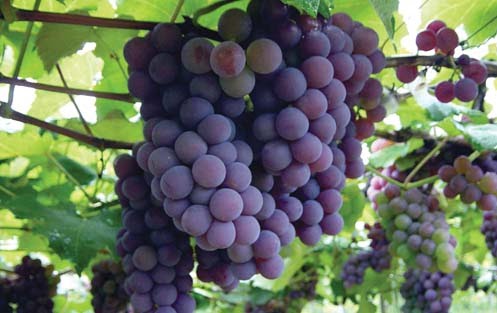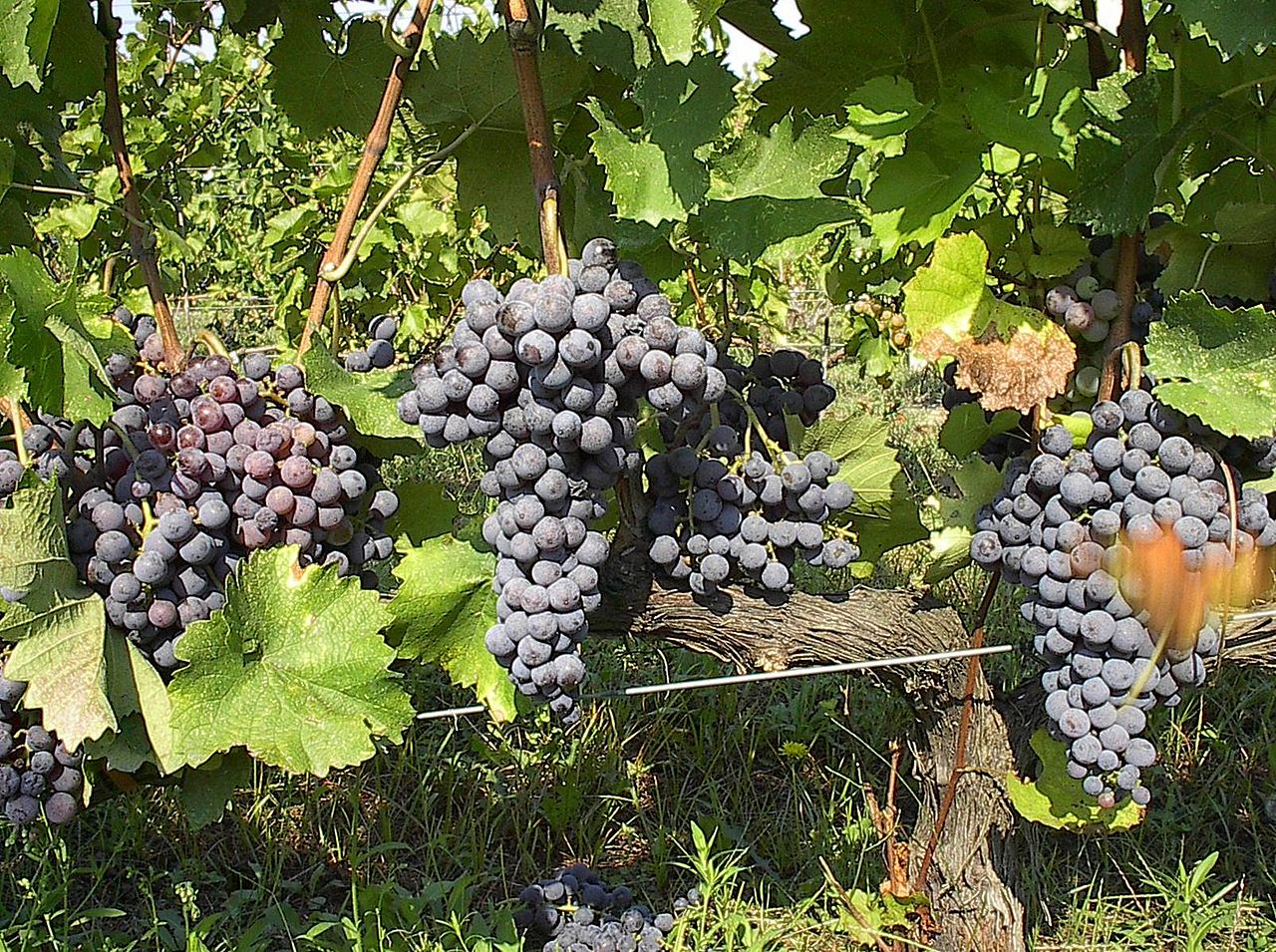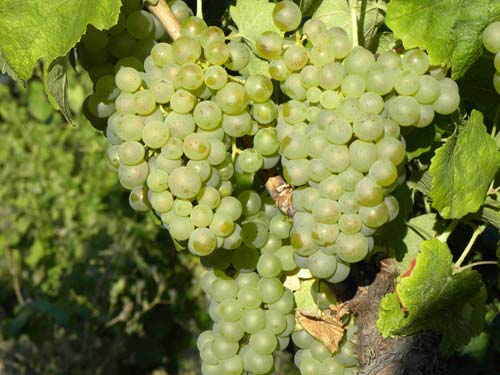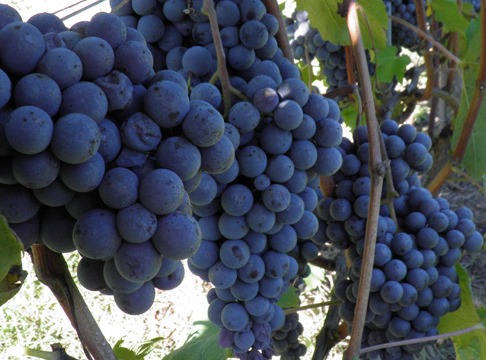
Looking at these Lacrima di Morro d’Alba grapes I’m not so sure about one of the stories behind the name…
The incredibly rare and ancient Lacrima di Morro d’Alba is a grape that divides the crowd, polarising like no other varietal, it is the wine world’s cilantro. People simply love it or hate it, and after that very first impression there is very little one can do to convince that person otherwise.
I think that this may have something to do with many having a preconceived notion of just how wine should nose and taste, so that when one does throw an unexpected curveball at an inexperienced palate, if it doesn’t smell immediately of citrus (white) or berry fruits (red) then an involuntary reflex action kicks in and the nose is turned up, the glass is pushed away. I’ve seen it happen many a time, and while I can somewhat understand the shock/revulsion knee-jerk reaction, I also feel a little bit of sadness each time I witness it, as Lacrima di Morro can be such a delightful divergence from the habitual.
When managing a wine list with a bit of Lacrima on there, one has to carefully brief the staff as to how to deal with a customers expectations, otherwise one will find oneself with a lot of glasses/bottles being sent back to the bar. Suggested tactics are as follows:
“Ah, the Lacrima di Morro d’Alba. Are you familiar with the grape? It’s not for everyone you see, and tends to find favour with those with a more developed or mature palate…” (It’s important to place emphasis on “developed” here, as it works a charm)
Hailing from, and almost exclusively planted in the Marche in east central Italy, Lacrima has a couple of stories around the origin of its name. Lacrima is the Latin word for tears, and I was originally told that this referred to the grapes unusual and uneven ovoid appearance that bears similarities to a big purple grapey teardrop. Looking at the picture above I’m beginning to think that this could be a load of proto-marketing rubbish, and I’m going to go with the second theory of the grapes thin skins rupturing rather easily and “crying” grape juice. Morro d’Alba is the tiny village due west of the port city of Ancona where almost 100% of these vines reside.
The nose is what really sets the wines made from this grape apart. Many speak of the bouquet being akin to potpourri, but I almost always find explosions of perfumed violets, both the floral violet scent and that of the old school British Parma Violet candy (or sweets, as we refer to them there).
It’s interesting to note that one of the compounds that give violets their distinctive scent is a Rose Ketone called ionone, known in some circles as “the scent stealer”. Ionone is a very sweet scent that is often described as being powdery, ethereal, or ephemeral. Semantics aside, ionone is a very pervasive scent indeed, binding itself to the olfactory sensors, temporarily shutting them down, and bringing about short-term anosmia to that scent. And then after a few breaths, BANG, it’s back again, as strong as ever, as the brain hasn’t registered any similar stimuli in the moments previous. So I’m guessing that this has something to do with the issues that many have with this grape. Its feats of olfactory sleight-of-hand must bring about all sorts of confusion to some tasters, and as humans many of us inherently dislike that which we do not understand…
Although many examples of Lacrima di Morro d’Alba smell sweet and floral, the palate in most of the examples I have experienced has been bone dry, with a pleasant rasping acidity, and soft manageable tannins. The more serious examples from low-yielding older vines can be dark and complex and are well worth seeking out if you fancy a purple and perfumed walk on the Wilde side.
If you’d like to try a taste of the stuff head to the newly-opened Mr. Flamingo (Dundas/Dovercourt), where a great example from Luigi Giusti is on by the glass.
…
 Edinburgh-born/Toronto-based Sommelier, consultant, writer, judge, and educator Jamie Drummond is the Director of Programs/Editor of Good Food Revolution… And he does wish that some were a little more open-minded about what a wine can smell and taste of.
Edinburgh-born/Toronto-based Sommelier, consultant, writer, judge, and educator Jamie Drummond is the Director of Programs/Editor of Good Food Revolution… And he does wish that some were a little more open-minded about what a wine can smell and taste of.







